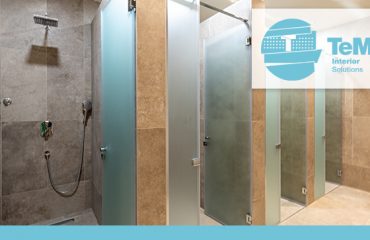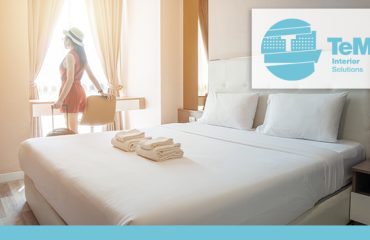
At an historic moment in time when everything is coming to a halt, we must not forget that we still have ways to increase our knowledge and get ready for the time when everything gets back to normal. The home, for obvious reasons, is now the focus of our thoughts. The more days go by, the more we notice some jobs that have been left aside for too long: a basement to be fixed, a wall to be better insulated or a terrace floor to be changed because it is excessively damaged. So let’s discover something more about one of the ways to renovate those parts of the home that require our attention.
Dry renovation: a valid solution
The dry renovation system is a processing method that does not involve the use of water, adhesives or sealants that need to remain in place to dry. Although Italy has always opted for the so-called wet clay-cement system, this does not mean that new methods have not recently been explored. This traditional work method was cast aside during the years of crisis in Italy in the building industry, since it focused on protecting the existing heritage and, therefore, on renovating rather than building from scratch.
Renovating, synonymous with saving
After all, renovating becomes synonymous with energy efficiency. You save on your bills and gain in terms of wellbeing and living comfort, primarily by enhancing the value of your property. The dry installation system, which can be applied to the outside of a building, to its structure or to its internal system, offers many advantages.

We talk about the eco-sustainability of new materials, because they can be recycled, replaced if damage or deterioration occurs, and even re-used. Moreover, dry renovation allows much quicker intervention times and more sustainable situations because tenants do not need to leave their homes during intervention works.
The materials and method used by TeMa
In the specific context of TeMa Interior, the division dedicated to floors, balconies and terraces, soundproofing and waterproofing membranes are used that are easily shaped and transported because of their minimal weight.

Combined with dry installation, these materials allow short intervention times and greatly reduced costs. But remember that this does not entail any reduction in the performance of the intervention work. The final cost of any intervention will be lower because the thickness of the membranes is reduced and, consequently, the quantity of the materials used.
It is precisely the materials, with their physical properties and excellent performance, that ensure the efficiency of intervention work, first and foremost by facilitating the procedures involved.
To find out about all our applications, visit our website.




